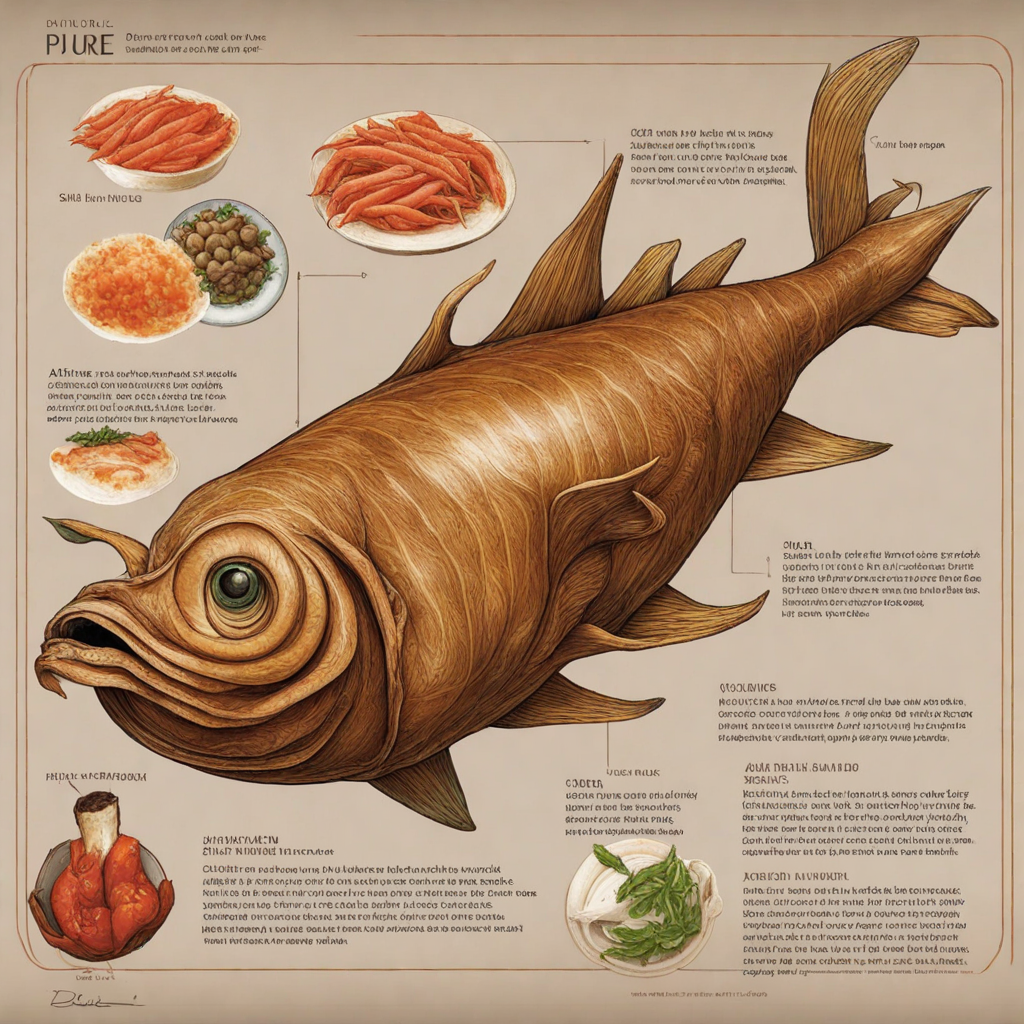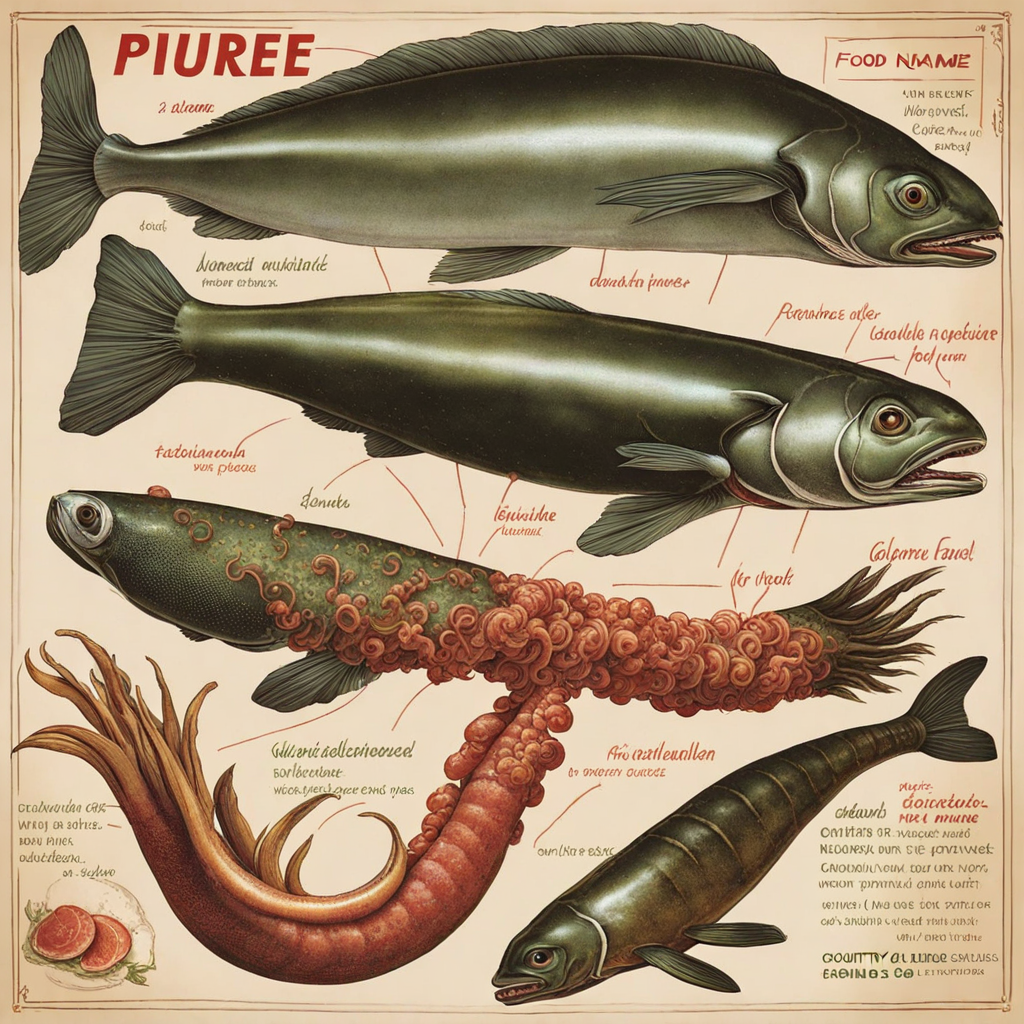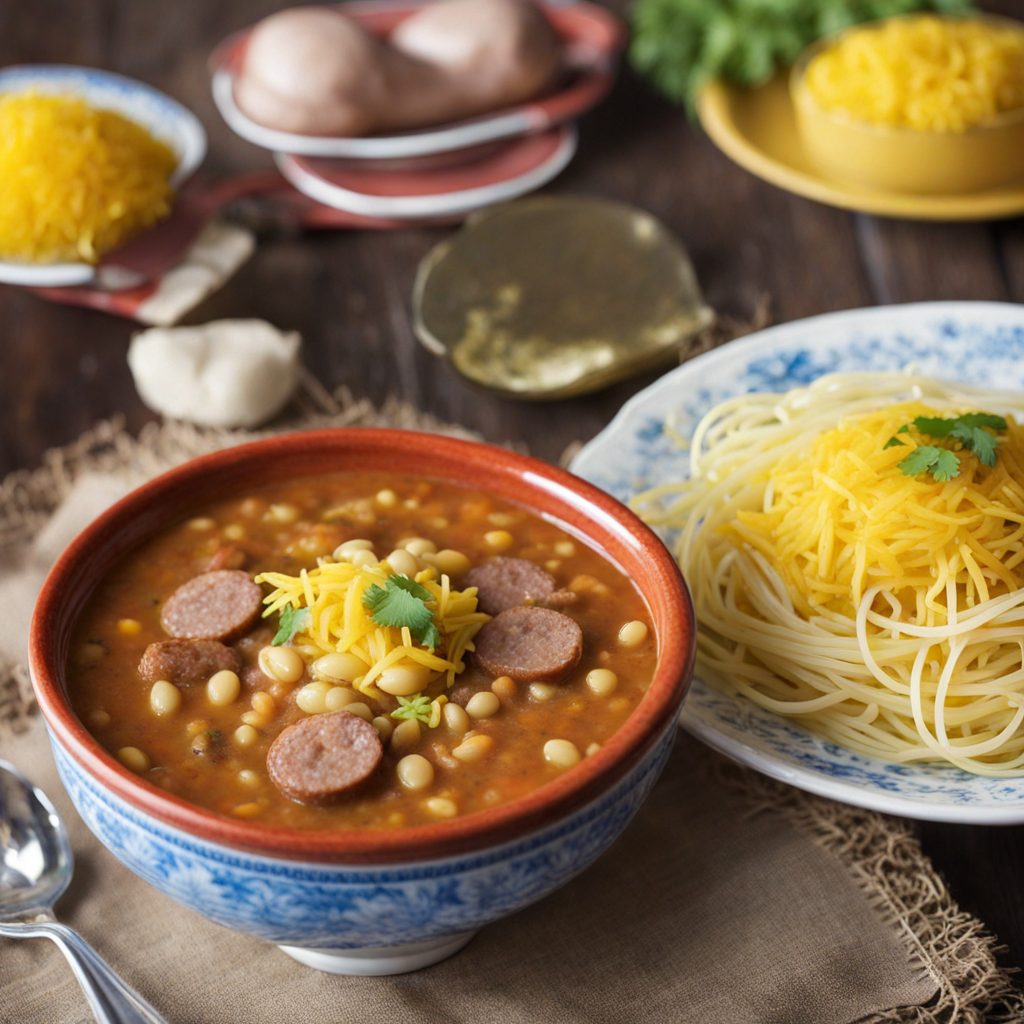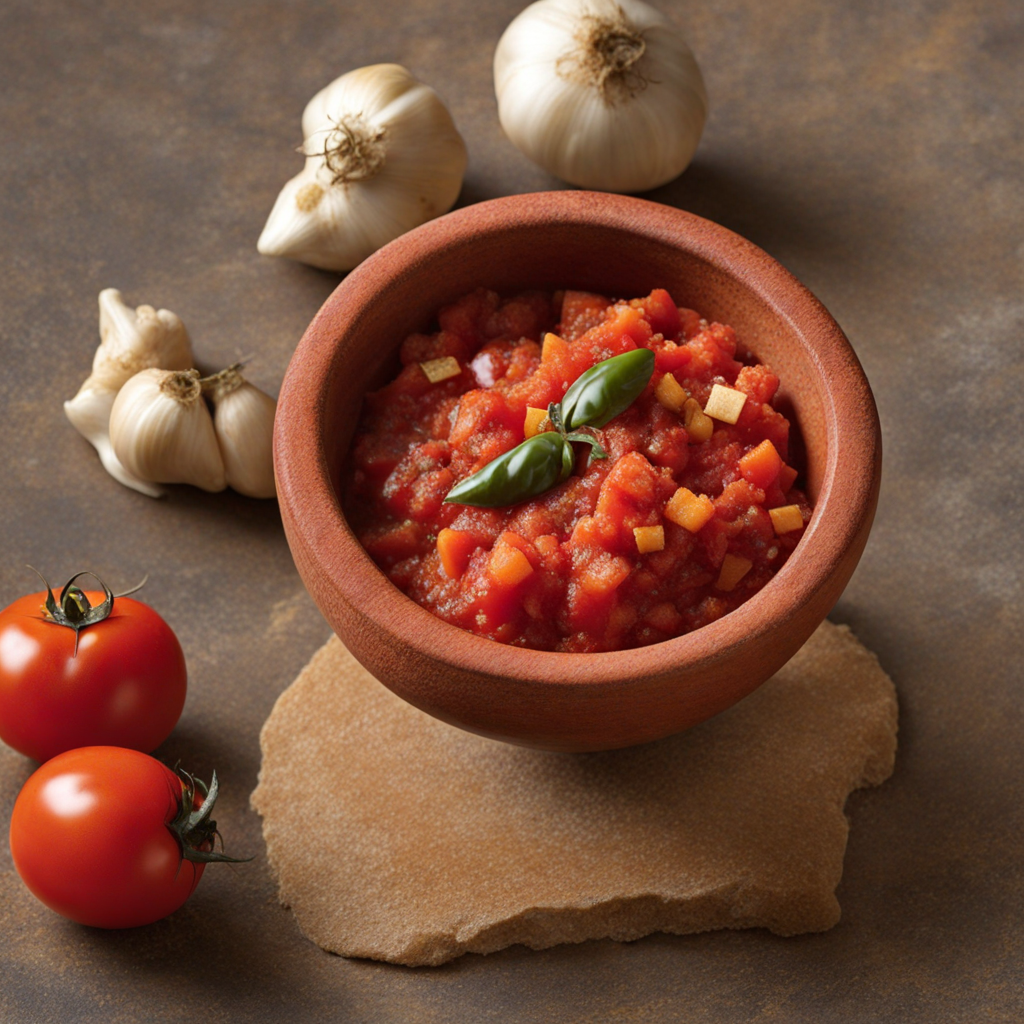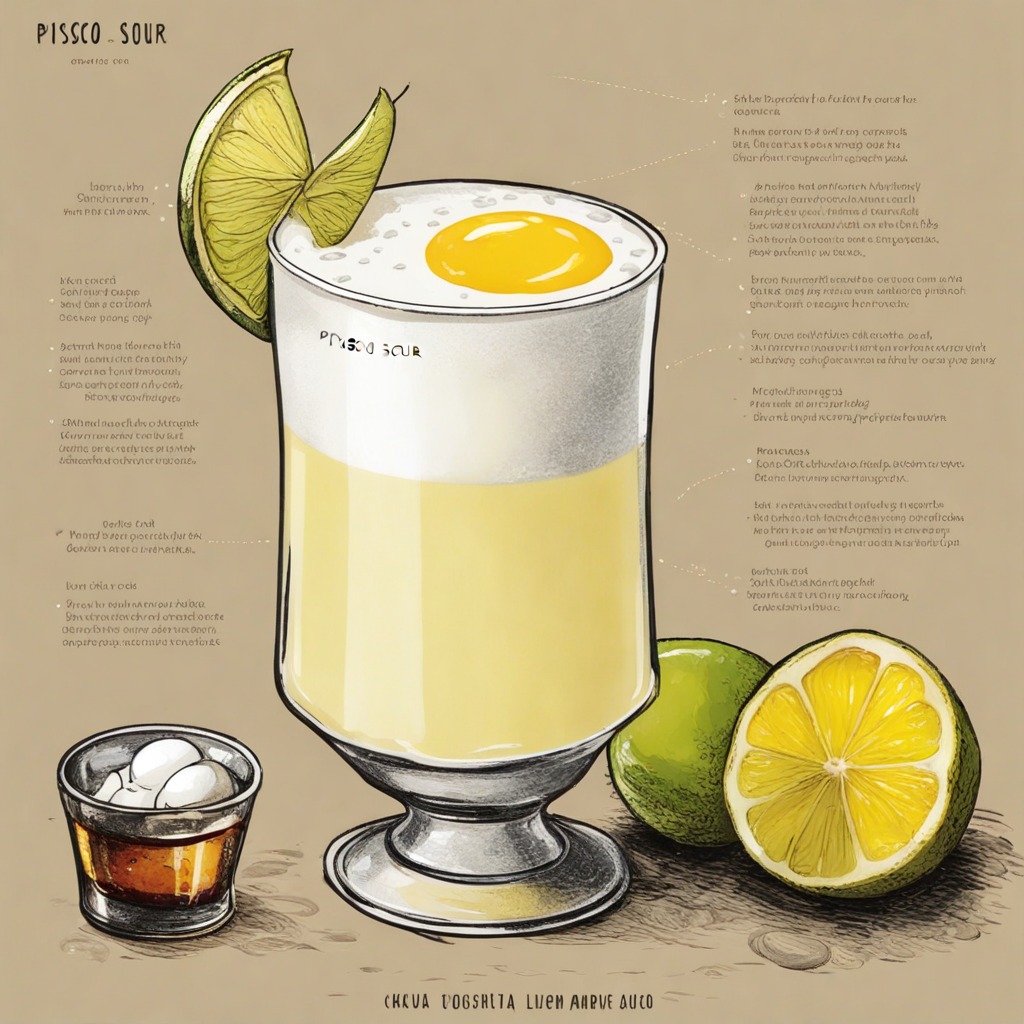Piure
Piure is a unique and fascinating dish from Chile, showcasing the country's rich coastal culinary traditions. This delicacy features a marine invertebrate that resembles a small, bright red or orange sea creature, often found clinging to rocks along the Pacific coast. The texture of piure is firm and somewhat gelatinous, offering a distinctive mouthfeel that food enthusiasts find intriguing. When prepared, it is typically served fresh, often accompanied by a splash of lemon or lime juice to enhance its natural briny flavor, reminiscent of the sea. The flavor profile of piure is quite bold and complex, with a slightly salty taste that evokes the ocean's freshness. Its unique umami notes are often compared to that of other seafood, but piure possesses a distinct mineral quality that sets it apart from traditional fish or shellfish. The dish is frequently enjoyed as part of a ceviche, where the piure is diced and mixed with onions, cilantro, and other fresh ingredients, allowing for a harmonious blend of flavors that tantalizes the palate. In addition to its remarkable taste, piure is rich in nutrients, making it a healthy seafood choice. It is often enjoyed by adventurous eaters looking to explore the depths of Chilean cuisine, and its rarity adds an element of excitement to any meal. Whether enjoyed in a casual seaside eatery or a more upscale restaurant, piure promises an unforgettable culinary experience that encapsulates the essence of Chile's vibrant coastal culture.
How It Became This Dish
The Delicious History of Piure: A Culinary Treasure of Chile Origin and Discovery Piure, known scientifically as *Pyura chilensis*, is a unique marine invertebrate found along the coasts of Chile and parts of Peru. This fascinating organism is often referred to as a “sea squirt” due to its ability to expel water when disturbed. Piure is a fascinating example of how nature and culture intertwine, and its culinary significance has evolved over centuries. The origins of piure can be traced back to the indigenous peoples of the Chilean coast, particularly the Mapuche and the Aymara communities, who have long relied on the ocean's bounty for sustenance. These groups were adept at foraging for seafood and had an extensive knowledge of local marine life. They initially consumed piure in its raw form, appreciating its unique flavor and nutritional benefits. The piure's vibrant red and purple exterior and its striking, briny taste made it a curious addition to their diets. Cultural Significance For the indigenous communities, piure was not merely a source of food but also held cultural significance. It became a symbol of their deep connection to the ocean and the rhythms of nature. The sea, with its diverse offerings, was seen as a provider, and piure, in particular, was often featured in traditional feasts and gatherings. Its presence was emblematic of sharing and community, reinforcing social bonds. As Chile developed, piure's popularity began to spread beyond indigenous circles. By the time of the Spanish colonization in the 16th century, European settlers encountered piure and integrated it into their diets. The Spanish were known for their appreciation of seafood, and piure became a part of the coastal culinary repertoire. This adaptation marked an important moment in the history of piure, as it transitioned from an indigenous delicacy to a broader cultural staple. The Culinary Evolution of Piure Throughout the 19th and 20th centuries, piure underwent significant culinary evolution. Its preparation methods diversified, reflecting the region's changing tastes and the influence of various immigrant communities. While initially consumed raw, piure began to be incorporated into a range of dishes. It was often prepared in ceviches, a dish that gained immense popularity in coastal cities. The addition of lime juice, onions, and chilies enhanced piure’s natural flavors, making it a refreshing dish enjoyed by locals and visitors alike. In the mid-20th century, Chile experienced a culinary renaissance, with a renewed interest in traditional foods. Chefs and home cooks alike began to experiment with piure, incorporating it into gourmet dishes and adding modern twists. Piure was often paired with local ingredients, such as potatoes, corn, and a variety of seafood, showcasing the rich biodiversity of Chilean waters. One particularly popular preparation is piure in a vinaigrette, where the piure is mixed with chopped onions, cilantro, and a splash of vinegar. This dish exemplifies the fusion of traditional and modern culinary practices, highlighting piure's versatility and adaptability. Economic Importance As demand for piure grew, so did its economic significance. Coastal communities began to cultivate piure as a sustainable source of income. Small-scale fisheries began to emerge, allowing local fishermen to harvest piure and sell it fresh to markets and restaurants. This development not only provided economic opportunities but also fostered a sense of pride among communities, as they promoted their local culinary heritage. However, the rise in popularity of piure also raised concerns about overfishing and environmental sustainability. By the late 20th century, scientists and environmentalists began to advocate for responsible harvesting practices to ensure the long-term viability of piure populations. Initiatives were launched to educate fishermen about sustainable practices, emphasizing the importance of maintaining the delicate balance of marine ecosystems. Contemporary Trends Today, piure is celebrated as a culinary gem in Chile, gaining recognition both locally and internationally. Gourmet restaurants have embraced piure, often featuring it in innovative dishes that highlight its unique flavor profile. Chefs experiment with various cooking techniques, from grilling to braising, and pair it with a wide range of ingredients to create memorable culinary experiences. Moreover, piure has found its way into the burgeoning movement of “slow food” and “farm-to-table” dining, where chefs emphasize the importance of sourcing local ingredients and respecting traditional practices. Farmers' markets and food festivals across Chile often showcase piure, allowing visitors to sample this delicacy while learning about its cultural significance. In addition to its gastronomic appeal, piure has become a subject of academic study. Food historians and marine biologists alike are investigating its ecological role and the traditional knowledge surrounding its harvesting. This research aims to deepen understanding of piure’s place in both the marine environment and the cultural landscape of Chile. Conclusion The history of piure is a testament to the rich tapestry of Chilean culture and its deep-rooted connection to the sea. From its indigenous origins to its contemporary status as a sought-after delicacy, piure reflects the resilience and adaptability of culinary traditions in the face of changing times. As it continues to evolve, piure serves as a reminder of the importance of sustainability and the preservation of cultural heritage. For those who have yet to experience the unique flavors of piure, it is not merely a dish but an invitation to explore the history, culture, and community that define this remarkable marine treasure.
You may like
Discover local flavors from Chile


